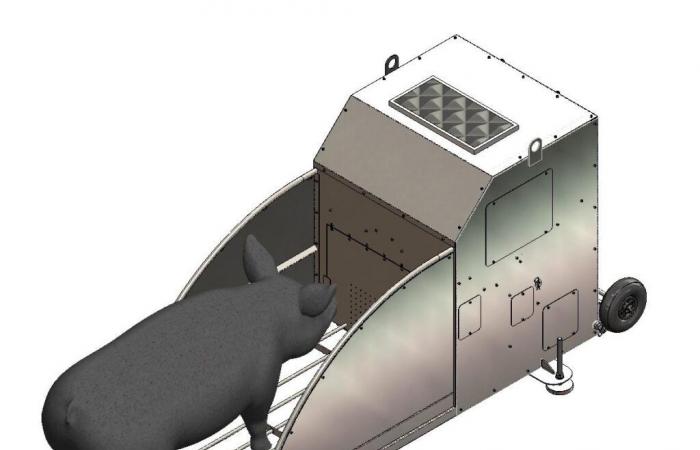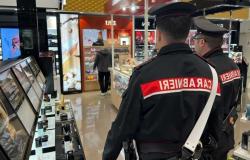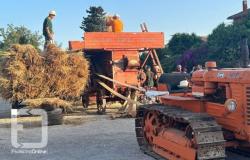The experimental project speaks from Asti and which, within a few years, could finally lead to a serious containment of wild boars in all the territories currently invaded by this wild species which causes serious damage to agriculture, biodiversity and represents a great danger to roads . Not to mention the Swine Fever scare caused by wild boars which is causing the red zone between Southern Piedmont and Liguria to widen from week to week with serious repercussions on pig farms.
The first to talk about it was Antonello Murgia, mayor of Piovà Massaia and president of the Territorial Hunting Area of Asti. A body, the ATC, which is well aware of the disaster caused by the proliferation of wild boars because it is the one through which compensation goes to farmers.
Until now, containment has been entrusted to the capture of specimens. Both through the different forms of hunting, ordinary and extraordinary, and through the positioning of cages by authorized farmers. Complex, expensive solutions that require a large expenditure of human resources and which, although they have brought results, are still far from a normalization of the presence of leaders. And they are solutions that create disturbance and discomfort for the resident populations and strong resistance from animal rights activists.
Murgia, continually searching for a more effective and shared solution, came across a US project that aims to solve the problem at its root, that is, studying how to sterilize large masses of wild boars through a harmless and pervasive system such as feeding.
Researchers at the University of Auburn in Alabama, Skip Bartold, James Gillespie and Maurizio Porcari have developed the “recipe” for a feed (naturally based) capable of sterilizing wild boars without danger to them or others animals, nor for the human being who can continue to consume their meat in case of capture.
Supporting Murgia’s intuition and taking up the baton was Franco Quaglia, another Asti native, president of the Italia nel Mondo Association.
They worked to develop a joint Italy-USA work project (with a 100% Italian final patent).
“After having presented the project for the sterilization of wild boars to the Ministry of Agricultural Policies – explains Franco Quaglia – we obtained approval and authorization to proceed with the experimentation in Italy. Our meeting in Rome with the Minister of Agricultural Policies Francesco Lollobrigida, the deputy Patrizio La Pietra at the ministry and, in the Senate, with the president of the Agriculture Commission Luca De Carlo and the senators Lucio Malan and Gianmarco Centinaio ended in the best possible way”.
But if the sterilization project speaks of Asti, the first field trials will be held far away, in the Marche, where the Zooprophylactic Institute responsible for the area is preparing everything to have the first feeders as early as July 1st.
Even the feeders bear an Asti signature, and it is that of the Officine Paventa of Castell’Alfero.
«They have designed the dispenser that will be placed in places where wild boars pass through or are crowded – explains Franco Quaglia – and which, due to its shape, can only be accessible to wild boars. The feeders are equipped with solar panels that power a battery for remote control of everything that concerns them: wild boar turnout, feed level, safety from vandalism or theft.”
An eight-month experiment is planned in the Marche and then, within a few weeks, every Italian region (and in the world) that has a wild boar problem will be able to apply to fix the feeders which will lead, within a few years, to a natural depopulation, without bloody interventions. Their positioning is also expected in cities where, due to the presence of waste in the streets, wild boars approach houses.
And, having evaluated the experimentation with wild ungulates, an adaptation of the project to other invasive species such as roe deer, pigeons and martens is also envisaged.
For Latest Updates Follow us on Google News






